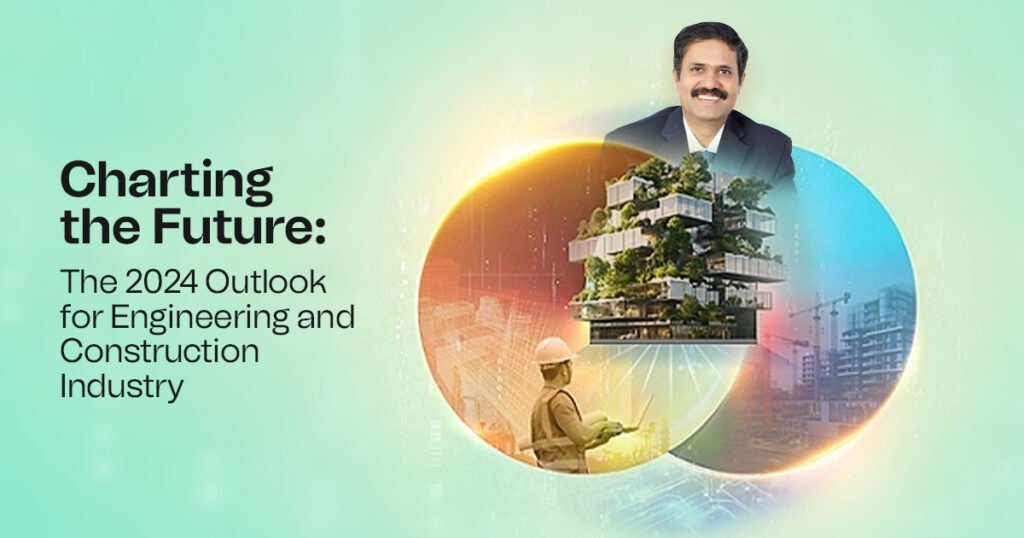Charting the Future: The 2024 Outlook for Engineering and Construction Industry

As we step into 2024, the engineering and construction industry stands at the precipice of transformative change. Sustainable practices and technological advancements are poised to redefine the landscape, driving innovation and reshaping traditional norms. In this blog post, we delve into the key trends and developments that are set to shape the industry in the coming year.
Sustainable Practices Take Center Stage:
1. Green Building Materials and Techniques: The industry is witnessing a paradigm shift towards sustainability, with a focus on green building materials and construction techniques. Innovations such as recycled steel, sustainable concrete, and energy-efficient insulation are gaining prominence, reflecting a commitment to reducing the environmental impact of construction projects.
2. Renewable Energy Integration: With the global push towards clean energy, the engineering and construction sector is increasingly incorporating renewable energy solutions into its projects. Solar panels, wind turbines, and other green technologies are becoming integral components of construction designs, aligning projects with environmentally conscious principles.
3. Circular Economy Practices: Embracing circular economy principles, the industry is moving towards reducing waste and maximizing resource efficiency. Reusing and repurposing materials, coupled with sustainable demolition practices, are becoming standard procedures, demonstrating a commitment to a more circular and eco-friendly construction cycle.
Technology Advancements Driving Efficiency:
1. Digital Twin Technology: The integration of digital twin technology is revolutionizing project management and design processes. By creating virtual replicas of physical structures, construction professionals can simulate and optimize various aspects of a project, leading to improved efficiency, reduced errors, and enhanced collaboration.
2. Building Information Modeling (BIM): BIM continues to evolve, offering comprehensive solutions for project planning, design, and construction. Enhanced data-sharing capabilities and interoperability are streamlining workflows, allowing stakeholders to make informed decisions at every stage of a project’s lifecycle.
3. Drones and Robotics: Drones and robotics are becoming indispensable tools in construction, offering capabilities such as site surveying, progress monitoring, and even material transportation. These technologies enhance safety, accuracy, and overall project efficiency.
4. Advanced Materials and 3D Printing: The use of advanced materials, coupled with 3D printing technologies, is redefining the possibilities in construction. From printing entire building components to creating intricate designs with unprecedented precision, these advancements are pushing the boundaries of traditional construction methods.
Conclusion:
As we navigate the complexities of 2024, the engineering and construction industry stands at the crossroads of sustainability and technological innovation. Embracing these transformative trends will not only lead to more resilient and eco-friendly projects but will also position the industry at the forefront of global efforts to build a sustainable future. The year 2024 promises to be a pivotal moment in the industry’s evolution, where a harmonious blend of sustainable practices and cutting-edge technologies propels construction into a new era of efficiency and responsibility.


